Which of the following carbocation can not undergo rearrangement ?
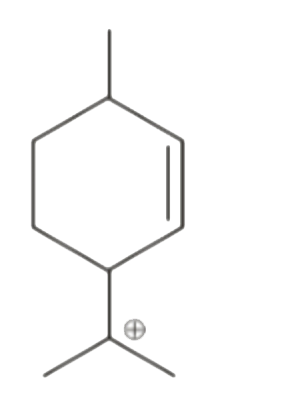
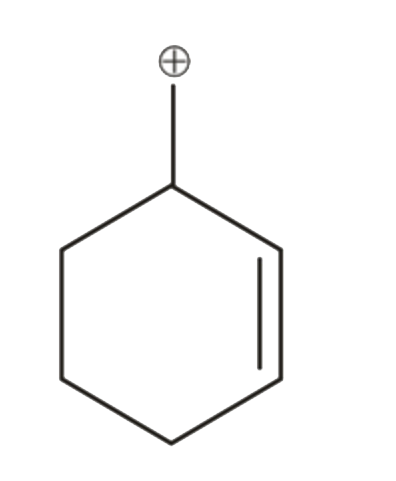
CH3−⊕C∣CH3−CH−CH3
C6H5−CH−⊕CH2
The correct Answer is:C
To determine which carbocation cannot undergo rearrangement, we need to analyze the stability of the carbocations presented in the options. Carbocation rearrangement typically occurs to achieve a more stable carbocation, with tertiary carbocations being the most stable, followed by secondary and then primary.
1. Identify the Carbocations:
- We need to look at the structure of each carbocation provided in the options.
2. Evaluate Stability:
- Tertiary Carbocation: A carbocation attached to three alkyl groups. It is highly stable due to hyperconjugation and inductive effects.
- Secondary Carbocation: A carbocation attached to two alkyl groups. It is less stable than tertiary but more stable than primary.
- Primary Carbocation: A carbocation attached to only one alkyl group. It is the least stable.
3. Analyze Each Option:
- Option A: Tertiary carbocation. It is stable and can rearrange, but it may not need to since it is already stable.
- Option B: Primary carbocation. This can rearrange to a more stable tertiary carbocation.
- Option C: A tertiary carbocation (CH3)3C+. Since it is already in the most stable form, it cannot undergo rearrangement.
- Option D: A primary carbocation that can rearrange to a more stable secondary carbocation.
4. Conclusion:
- The carbocation that cannot undergo rearrangement is Option C because it is already a tertiary carbocation, which is the most stable form.
Final Answer:
Option C is the carbocation that cannot undergo rearrangement.
- We need to look at the structure of each carbocation provided in the options.
- Tertiary Carbocation: A carbocation attached to three alkyl groups. It is highly stable due to hyperconjugation and inductive effects.
- Secondary Carbocation: A carbocation attached to two alkyl groups. It is less stable than tertiary but more stable than primary.
- Primary Carbocation: A carbocation attached to only one alkyl group. It is the least stable.
- Option A: Tertiary carbocation. It is stable and can rearrange, but it may not need to since it is already stable.
- Option B: Primary carbocation. This can rearrange to a more stable tertiary carbocation.
- Option C: A tertiary carbocation (CH3)3C+. Since it is already in the most stable form, it cannot undergo rearrangement.
- Option D: A primary carbocation that can rearrange to a more stable secondary carbocation.
- The carbocation that cannot undergo rearrangement is Option C because it is already a tertiary carbocation, which is the most stable form.
Option C is the carbocation that cannot undergo rearrangement.
Similar Questions
Knowledge Check
Which of the following carbocation will undergo rearrngement ?
A B
B CCH3−C∣CH3H−⊕C=ODCH3−NH−⊕CH−C∣CH3H−CH3
CCH3−C∣CH3H−⊕C=ODCH3−NH−⊕CH−C∣CH3H−CH3Which of the following compounds cannot give Hofmann rearrangement?
A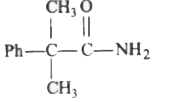 B
B C
C D
D
Which of the following alcohols undergo rearrangement during dehydration reaction ?
A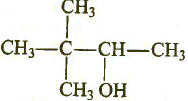 B
B C
C D
D
Which of the following alkenes does not undergo rearrangement on heating with a strong acid?
View SolutionWhich of the following carbocation is most stable?
View SolutionWhich of the following carbocations would not likely rearrange to more stable carbocation ?
View SolutionWhich of the following carbocations is most stable ?
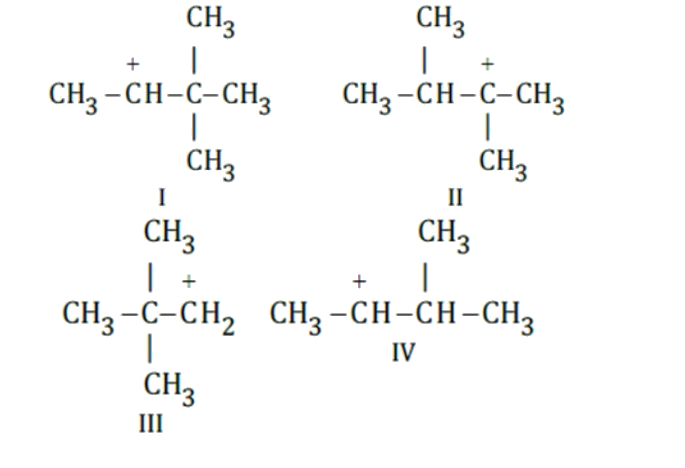
View SolutionWhich of the following carbocations is most stable ?
View Solution
